Australian infrastructure trends: water sector in focus
Welcome to the first instalment of our three-part series on environmental infrastructure in Australia. In this article, we delve into the water sector, exploring recent developments in national water project upgrades and investments. In our second release, Sphere Infrastructure will provide an overview of shortlisted trends in Australia’s waste and resource recovery sector with a focus on the circular economy and policies supporting growth in the industry. Finally, later in the year, we will publish our third article covering Australia’s energy landscape, including a high-level snapshot of novel energy storage solutions, and trends in electrification and decarbonisation. Stay tuned for these insights and more as we shed light on Australia’s evolving environmental infrastructure landscape.
Water infrastructure upgrades and investment
Australia is committed to modernising its ageing water infrastructure, driven by the imperatives of climate resilience, sustainability, and efficiency. The modernisation of existing assets encompasses upgrades to bulk water storage , treatment plants, water and wastewater networks , coupled with enhanced water management practices. The uptake in construction and development projects within the sector is in part driven by the confluence of factors such as population growth, urbanisation, and environmental concerns associated with the replacement of ageing and outdated infrastructure. This commitment has led to an increase in government funding and private investments within the sector.
In 2023, a number of noteworthy water infrastructure projects were announced across the country. South Australia announced funding of $64M to upgrade its largest wastewater treatment plant, focusing on capacity expansion and environmental sustainability. Meanwhile, Sydney Water initiated an $80 million upgrade to the Nepean Water Filtration Plant, which includes a new filtration and treatment system to meet growing demands and ensure compliance with national water guidelines.
Additionally, the Woodman Point Sludge Treatment Facilities in Western Australia are set for a transformation with a $238M alliance involving WeBuild subsidiary Clough, the Water Corporation, and Jacobs, aiming to enhance biosolid recovery and water treatment efficiency. Furthermore, New South Wales will benefit from a state-of-the-art bioreactor wastewater treatment plant to replace ageing infrastructure, thanks to funding commitments from federal and state governments.
Significant upgrades to the Mardi Water Treatment Plant in NSW and a $62 million investment in the Peak Hill Water Supply Project in the Parkes Shire Council are poised to bolster water security, climate resilience, and capacity in their respective regions. Lastly, the Western Australian government allocated $55 million to the Water Corporation to upgrade water and wastewater infrastructure to accommodate population growth and reduce emissions in the state.
The highlighted examples emphasise the trend being observed of water infrastructure projects being procured to respond to address water-related challenges, including growing demand and sustainability. One particularly noteworthy element of these projects is that project teams are increasingly embracing innovative and collaborative delivery approaches.
Delivery models such as the alliance formed to deliver the Woodman Point Sludge Treatment Facilities and the long running Logan Water Partnership are not only fostering collaboration but also delivering a balanced risk profile and ensuring that expertise and resources are optimally utilised throughout the entire project lifecycle. By distributing risks and responsibilities more effectively, these projects are well-positioned to deliver successful outcomes for stakeholders.
In our August article we explored the role of collaborative delivery models being used to navigate the complexities of delivering large-scale project pipelines and environmental infrastructure to address demand.
Adoption of innovative technologies
Australian water infrastructure projects are also embracing new innovations to combat water scarcity, promote sustainability, and mitigate operational risks with a growing recognition among businesses of the importance of digital technology in achieving environmental goals.
Schneiders Electric's Sustainability Index highlights this trend, revealing that 78% of business leaders believe that digital technologies are crucial for sustainability, and a substantial 82% think the benefits of adopting these technologies outweigh the costs. Embracing modern tools like digital twins and automation is key, as they enable efficiencies including improved quality of services and reduced costs. This tech-driven approach yields improvements for organisations seeking sustainable outcomes and aids in reducing emissions, aligning businesses with the imperative for environmental responsibility.
Melbourne Water, a Victorian-owned water corporation, exemplifies the tangible benefits of digital innovation. By leveraging IoT sensors, a unified data platform, machine learning, and digital twin technology, they are developing the capacity to predict recycled water quality and maintenance issues at their operational sites. This proactive approach enhances asset-specific risk detection, bolsters water quality, and improves production efficiency.
Meanwhile, other Australian utilities like Sydney Water are also capitalising on IoT, with plans to deploy sensor technology along 4,600km of wastewater infrastructure. This initiative seeks to enable the early detection of blockages, leading to proactive maintenance and repairs of infrastructure, reducing water pollution and delivering cost savings through avoidance measures.
Yarra Valley Water is embracing trenchless technology to minimise disruption and environmental damage when repairing existing water infrastructure across operational sites. Finally, innovative pyrolysis technology is transforming the management of wastewater sludge, offering a sustainable solution to reduce water usage and emissions while converting biosolids into versatile biochar for various commercial applications.
The trend observed in recent project announcements demonstrates that Australian water infrastructure projects are increasingly embracing digital technologies and innovative processes to address water scarcity and promote sustainability. Additionally, there is a growing recognition among public and private sector participants that tech-driven approaches play a critical role in delivering the ever-increasing demand for delivering efficiencies in water-related infrastructure in Australia.
Considering your project development requirements or selecting a preferred contracting model? Connect with our team and let's continue the conversation.

